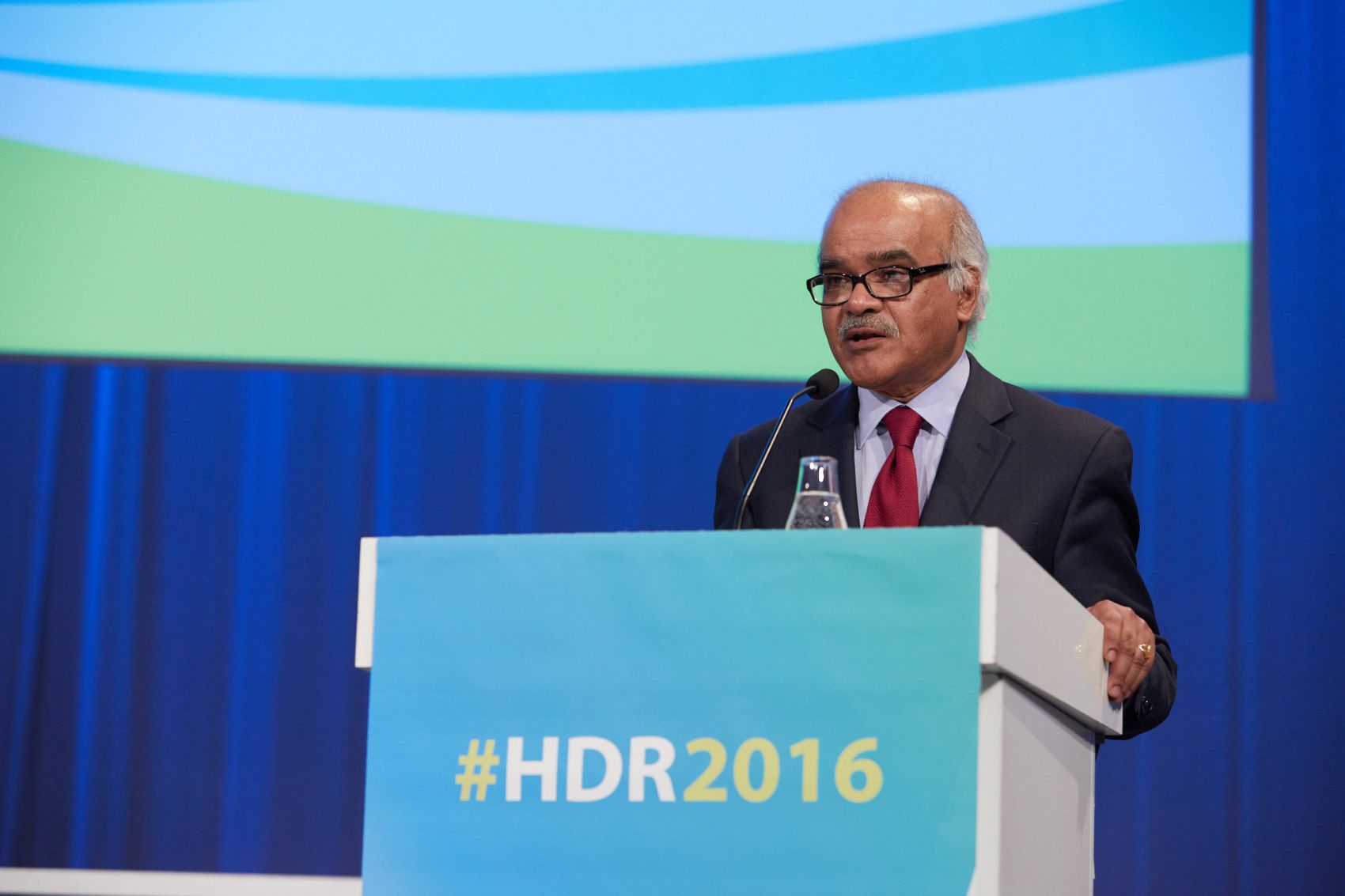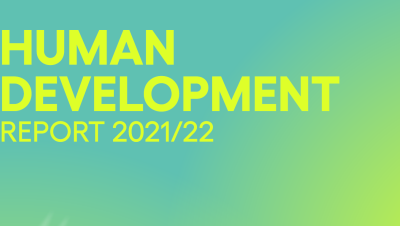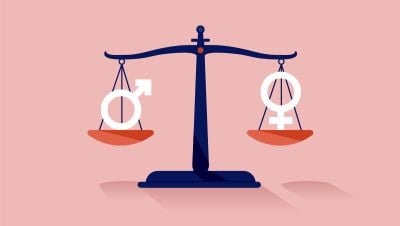Let me start with a simple statement: every human being counts and every human life is equally valuable. That universalism is at the core of the human development concept and is the driving force behind the 2016 Human Development Report. Upholding that universal perspective and resonating the 2030 Development Agenda, the 2016 Human Development Report asserts that no one should be left behind in the human development journey. Human development is not for the few, not even for the most, but for everyone.
The 2016 Human Development Report comes up with five basic messages:
- One, over the past quarter of a century, impressive progress has taken place on many fronts of human development, yet significant human deprivations persist. Boats have been lifted, but not to the same extent, and not all boats.
- Two, the human development journey has bypassed specific groups and they face systemic barriers to overcoming deprivations. It is essential to know who, where and how of these deprivations and groups.
- Three, mapping of deprivations is essential, but human development for everyone also requires revisiting some human development analytical issues and assessment perspectives.
- Four, national policy options for human development for everyone are available and they must be complemented with global reforms
- Five, the human development framework and the 2030 Development Agenda are mutually reinforcing and they can inform and influence each other.
Building around those messages and with necessary analysis and data, the report presents five major findings:
-
First, amidst progress, deprivations exist. On the progress side, for example, since 1990, 136,000 people have escaped extreme poverty every day and 2 billion people have been lifted out of low human development. Child mortality has been halved and 2.6 billion people now have access to safe water.
On the other side of the balance sheet, some deprivations are lingering (for example, poverty), some are deepening (for example, inequalities), and some are emerging (for example, climate change). One in every 3 people are still in low human development and 1.5 billion people are in multidimensional poverty. Eleven children under five are dying every minute and every hour, we are losing 35 mothers during child-birth.
Inequality has become the defining issue of our time. Eight billionaires of the world own as much wealth as equal to that of the bottom half of humanity. It implies that each billionaire is worth 462 million people.
Air pollution kills 6 million people every year and 38 million people die of non-communicable diseases. If climate change is not addressed today, 100 million additional people will be in extreme poverty by 2030.
-
Second, specific groups in every society have been subjected to systemic deprivations. These groups are, among others, women and girls, indigenous peoples, persons with disabilities, ethnic minorities, migrants and refugees and so on. Three hundred and seventy million indigenous peoples represent 5 percent of the global population, but 15 percent of the global poor. Sixty five million people are forcibly displaced– more than the population of France – which means 24 people in every minute.
Let us specifically focus on women and girls. Globally, women’s labour force participation rate is 49 percent, as against 76 percent for men. Women do most of agricultural work, but own less than 10 percent of land. Fifteen million girls under 18 marry every year – that is 1 child bride in every 2 seconds. It destroys their capabilities, limits their potentials and stunts their human development.
Such systemic deprivations are due to various mutually reinforcing systematic barriers - discriminatory laws, norms and values, violence and exclusion. In 18 countries, women cannot work without the permission of their husbands, and in 32 countries, women face a different procedure to passports. In fact, women face a life-cycle deprivation. If the present trends continue, then East Asia would need 111 years to close just the economic gender gap, the Arab States 356 years.
-
Third, mapping of those left out is necessary, but not enough. Perspectives on both the human development framework and assessments must be changed. For example, in terms of the analytical framework, the focus on individual capabilities must be complemented with collective capabilities, as disadvantaged people cannot go far only by individual effort. It is not enough to talk about well-being freedom only, but also of agency freedom, highlighting the voice and autonomy of the poor so that they can influence the things that shape their lives.
In terms of measurements, three issues need to be revisited: a disaggregated framework so that we can have the true picture of a society. For too long, we have been hostages to the tyranny of the averages. Two, the quality of human development needs to be assessed along with its quantity. More children are enrolled in and attending schools, but a critical question is what are they learning. Three, we must explore the new sources of data, e.g. Big Data, real-time data.
-
Fourth, a four-pronged national policy matrix is crucial for caring for those who are left out. It consists of universal policies such as inclusive growth strategies, enhancing opportunities for women, mobilizing and spending resources for human development priorities; specific measures such as affirmative action and focused interventions for groups with special needs; making development resilient, for example addressing climate change; and finally, empowering people through protecting their rights, ensuring transparency and accountability.
National policies should be complemented with reforms at the global level. These reforms entail macroeconomic stability; an equitable global trading and financial framework; a fair migration system; a robust, a well-financed multilateral system with equitable representation, making global society sustainable and secure; and enhancing global civil society.
-
Fifth, further advances are possible, changes take place and transformations happen. For example, Sub-Saharan Africa in the 2000s has achieved an additional life expectancy of 6 years – the highest in the world. People are now having resounding voices, innovations and human ingenuity are there, taboo issues are now being discussed, there is more environmental awareness. But most importantly, slowly but surely, global consensus is emerging on various critical issues. Just think of the Paris Agreement on Climate Change. What once was unthinkable is now unstoppable.
A five-point action agenda – mapping those left out, pursuing the national policy matrix, closing the gender gap, implementing the 2030 Development Agenda and reforming global system – would help reach those left outs.
In conclusion, human development for everyone is not a dream, but a reality. We can build on what we have achieved, we can explore new possibilities and we can attain what once seemed unattainable. Hopes are within our reach to realize. For the next 25 years, let us ensure a journey from deprivation to prosperity; from challenges to opportunities, from despair to hope. And in this journey, let us first reach those who are farthest behind. If we do that, at the end of the journey, we shall find that we have done it together, and when we look back, we shall see that no one has been left behind.
Thank you.


